Can Huawei’s intelligent driving chip become the “most powerful brain” for new energy vehicles? Huawei’s intelligent driving chip has demonstrated the potential to become the “most powerful brain” for new energy vehicles, with its technical architecture, ecosystem synergy, and practical application performance all at the forefront of the industry. It has formed differentiated advantages, particularly in its full-stack self-developed capabilities and adaptability to complex scenarios.
From a technological foundation perspective, Huawei’s Ascend series chips employ a heterogeneous computing architecture, integrating multi-core units including CPUs and GPUs. This enables parallel processing of multi-modal sensor data from sources such as lidar and cameras. It achieves real-time fusion of sensor data while significantly reducing data transmission latency through end-to-end optimisation, ensuring instantaneous system responses to complex road conditions.
Through chip cascading technology, Huawei has constructed a computing power matrix ranging from entry-level to flagship variants. High-end chips deliver formidable single-card computing power and support multi-chip configurations, meeting the computational demands of Level 4 autonomous driving. Crucially, Huawei deeply integrates chip computing power with cloud-based training capabilities.
Ascend chips are vertically integrated with HarmonyOS Cockpit and the MDC computing platform, enabling Huawei to maintain full control from underlying hardware to upper-layer algorithms and operating systems. Automotive-grade safety design employs redundant backup and fault isolation mechanisms to ensure stable chip operation under extreme temperatures and high-vibration environments, while meeting stringent functional safety standards.
Huawei’s chips now underpin intelligent driving functions across the full spectrum of scenarios, from motorway driving to parking. Whether executing autonomous lane changes and ETC passage on highways, following vehicles and executing lane-changing evasions in congested urban traffic, or navigating narrow-path tracking and multi-level parking manoeuvres in extreme conditions, the system achieves seamless operation through the chips’ high computational power and low latency.
Can Huawei’s intelligent driving chip become the ‘most powerful brain’ for new energy vehicles? By opening its MDC platform and HarmonyOS ecosystem, Huawei is collaborating with multiple automakers to establish an industry alliance, driving the large-scale commercialisation of Level 3 autonomous driving. The chip’s flexible scalability adapts to diverse vehicle requirements, offering tailored solutions for models ranging from economy to luxury segments.

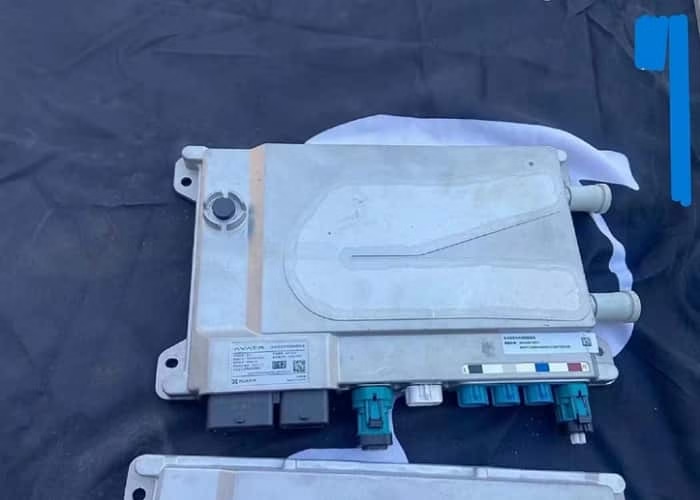
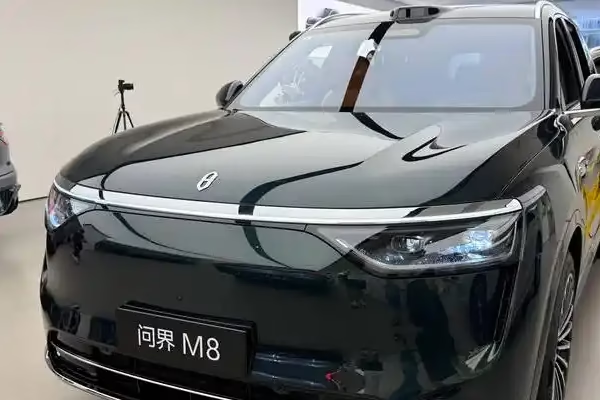

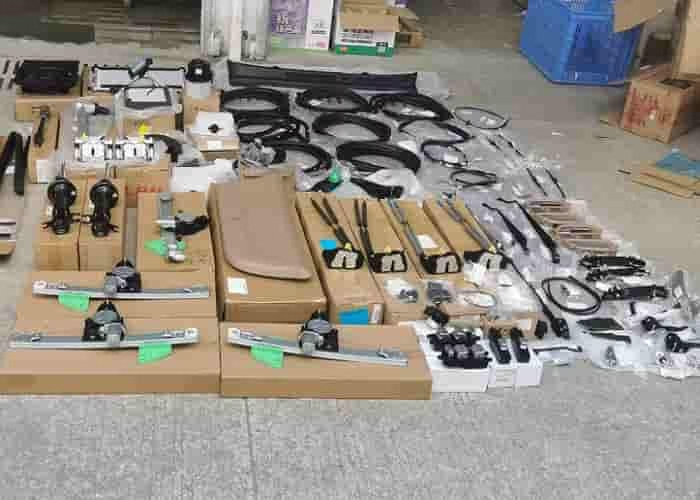



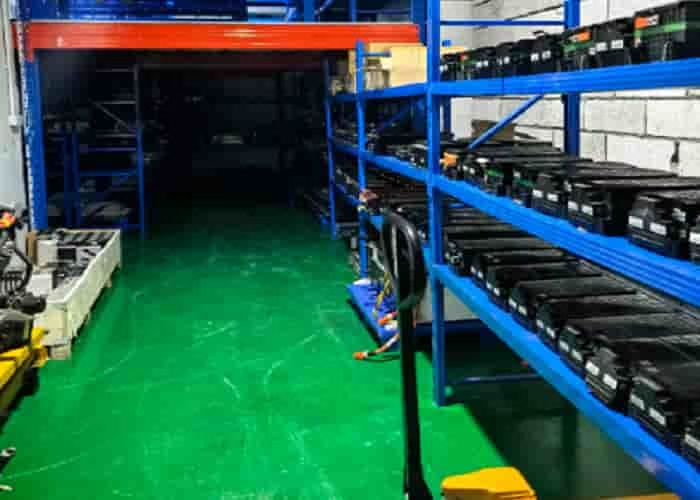
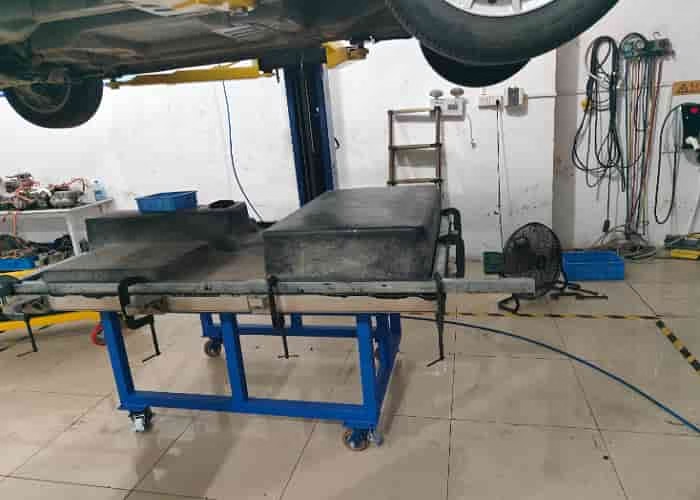
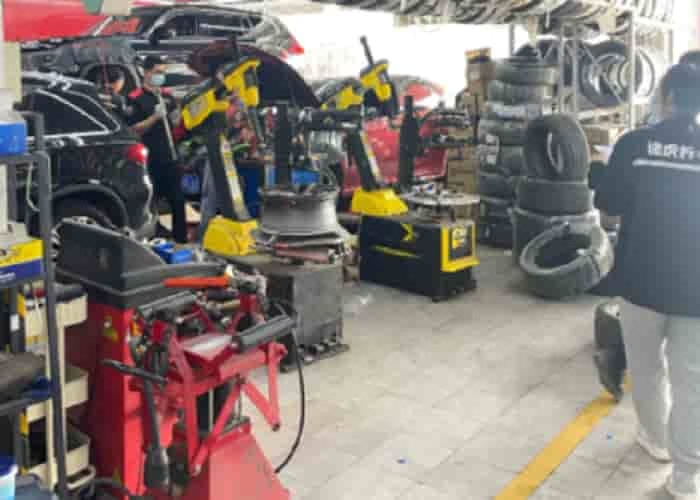
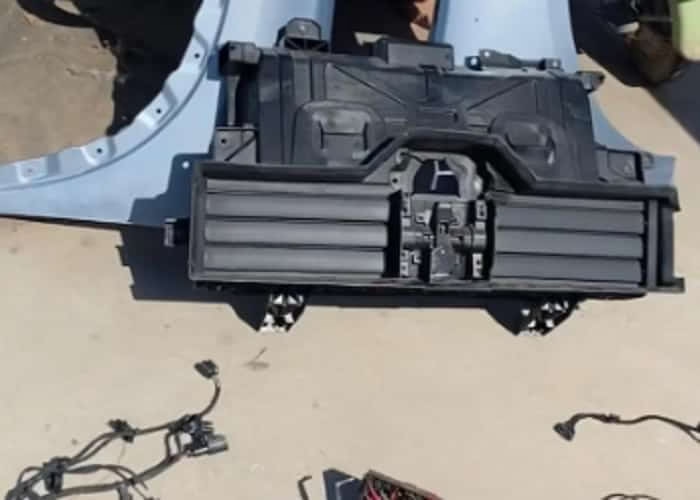




Leave a Reply